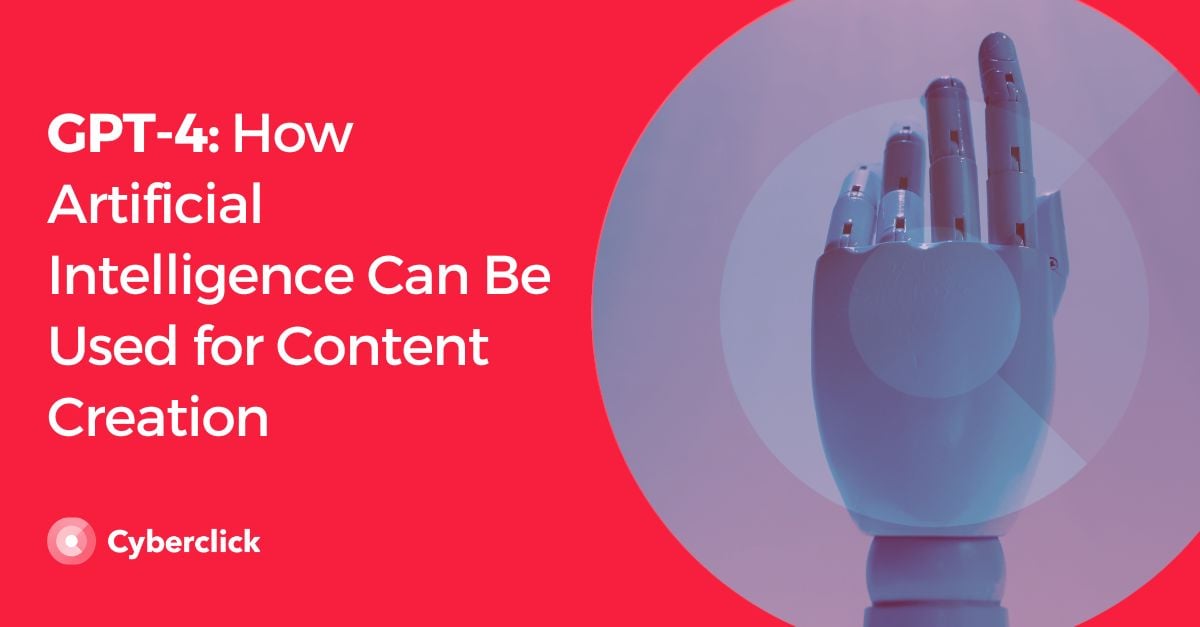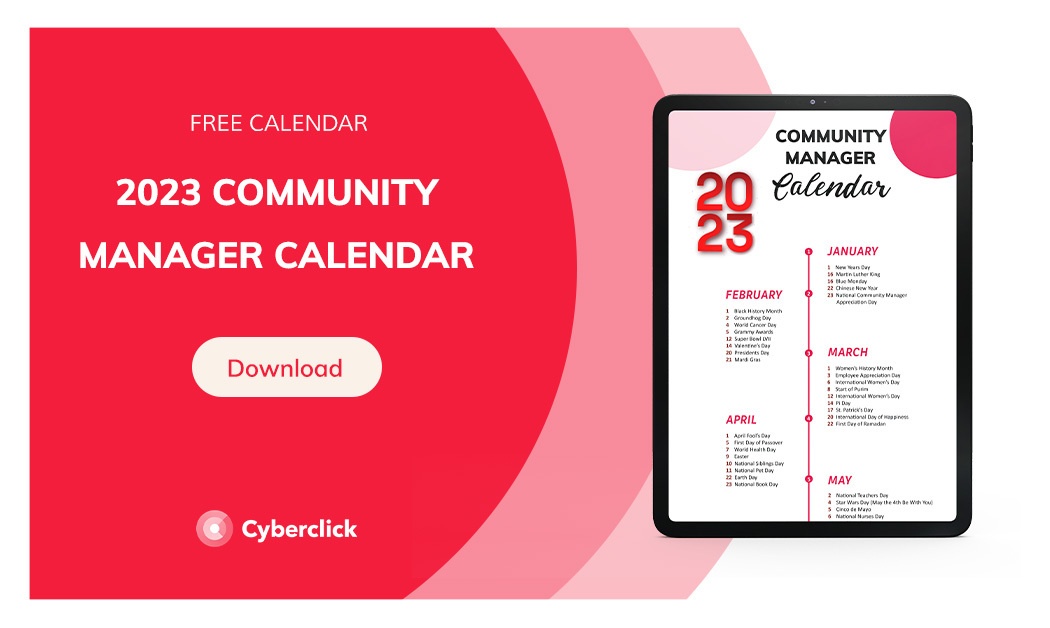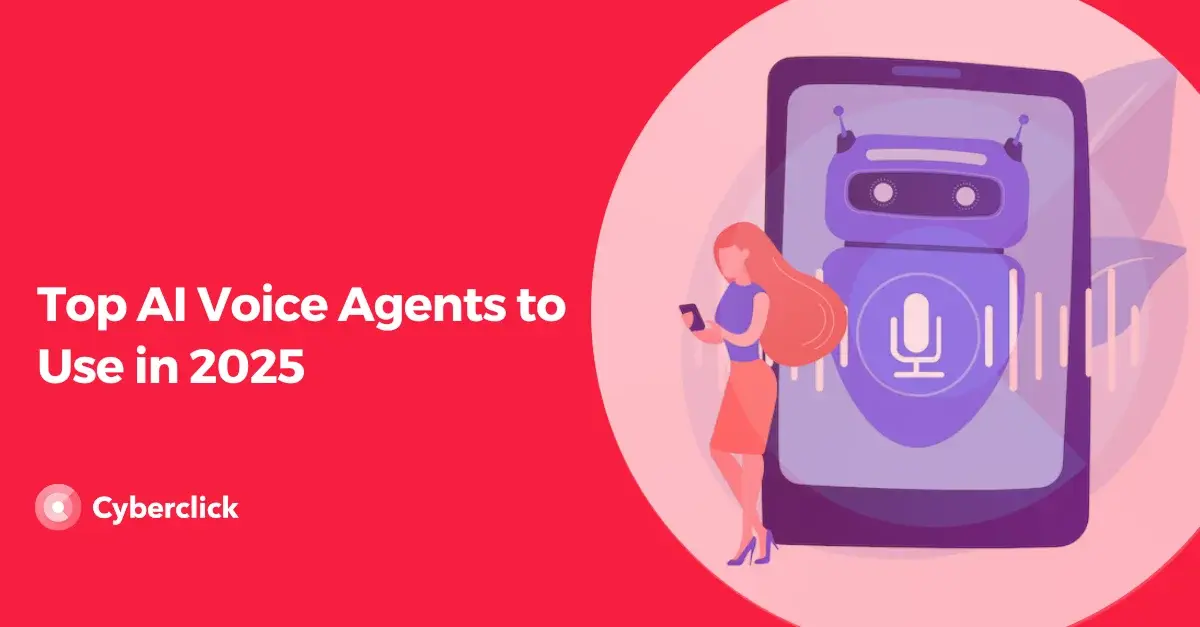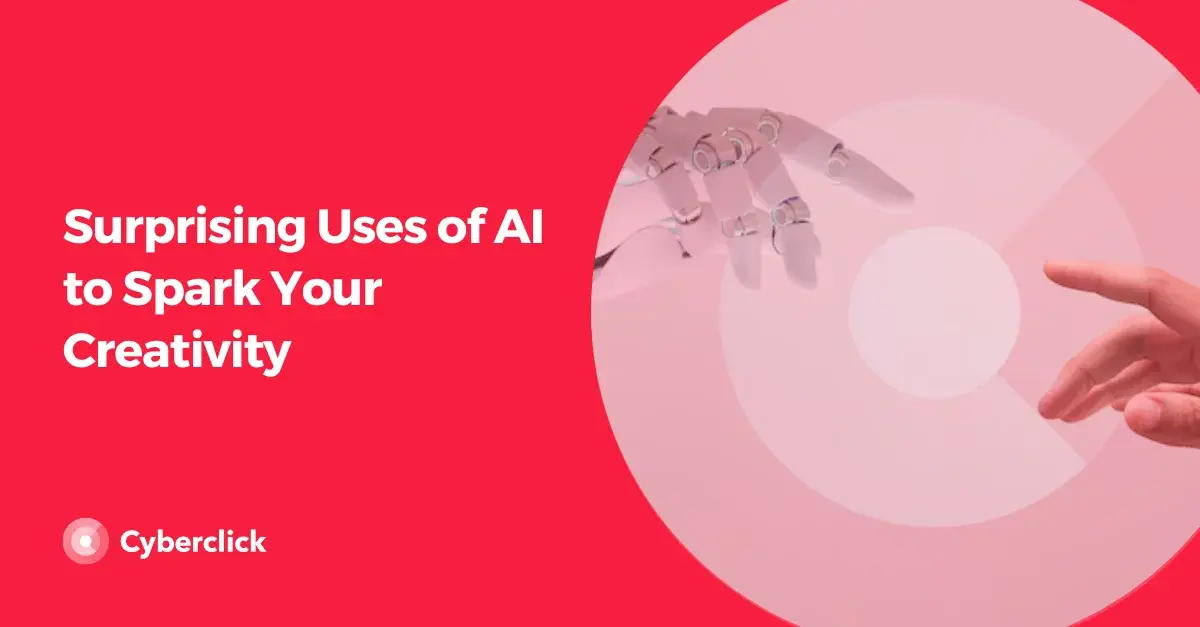Artificial Intelligence is constantly developing and improving. In this context, many professionals, such as inbound marketing content creators, are thinking about how this will affect their work.
In this article we want to tell you about one of the most innovative AIs in language processing systems, GPT-4 Artificial Intelligence.

What Is OpenAI?
OpenAI is a non-profit company founded by Elon Musk and Sam Altman that works on AI development and research with the aim of being beneficial to humanity as a whole.
One of the defining characteristics of this organization is to collaborate with researchers and institutions for free so that the patents and research they develop are open to the public.
According to its founders, the main motivation that encouraged them to create this organization was the great concern that many people had about the risks that the development of AIs could pose.
What Is GPT Technology?
GPT (Generative Pre-trained Transformer) technology encompasses a set of language processing models that are capable of learning and developing through what is called machine learning. It uses text, numbers, and data to generate a large database full of information.
GPT technology is composed of a large neural network trained to choose the correct words from its database in order to organize them appropriately in the context of a sentence. This, in turn, makes it capable of creating completely new texts.
To carry out this selection, the GPT technology uses statistical methods. In addition, this AI is capable of understanding human language, being able to reproduce patterns of argumentation and thought processes.
What Exactly Is GPT-4?
GPT-4 Artificial Intelligence is the latest model of the GPT technology. It has been developed by OpenAI, which previously released GPT-2 (in 2019) and GPT-3 (in 2020). Therefore, GPT-4 is the fourth evolution of this technology.
GPT-4 Artificial Intelligence uses 100 billion machine learning parameters, which gives it a never-before-seen capacity to generate text.
GPT-3 vs GPT-4
The main difference between GPT-4 Artificial Intelligence and GPT-3 is that while the former uses 100 billion learning parameters, the latter uses 175 million. This means that version four is much closer to the neural connections of the human brain and is able to analyze and collect more data and mimic the language of people more closely.
In the following points we will delve more deeply into GPT-4 technology and at how GPT-3 has been used in the business world.
-
Creating content for inbound marketing: many tools have been created with this technology so that companies can create copy for their advertising strategies. An example of this is the CopyAI tool.
-
Completing content for inbound marketing: this type of technology is also used by copywriters to check for plagiarism in their pieces and prevent their positioning from being harmed. ChibiAI is an example of a tool with this function.
-
Help inspire professionals: Texta is a tool with GPT-3 technology that acts as a writing assistant, generating ideas and inspiration from a single word.
What Will GPT-4 Bring?
The most important advance that GPT-4 Artificial Intelligence will bring with it is the creation of increasingly improved texts. GPT-3 has a very limited context. For example, it was unable to maintain coherence in long texts or not to repeat concepts. This would still happen to GPT-4, but to a lesser extent, since its contextual window is larger. This will cause texts to be more and more similar to those that a human can write.
What Are the Risks of GPT-4 Technology?
-
Increase in clickbait content: today, the YouTube, Google and other platforms encourage this type of content and many experts believe that this technology will continue to do so to a greater extent.
-
Increased danger of misinformation: fake news spreads like wildfire and this is partly due to the fact that platforms have difficulties detecting it. With GPT-4, there is a risk that it will be easier to create such content.
-
Ethical aspects: as always, technology is ahead of laws and regulations, including ethical and moral standards. Therefore, we do not know what the use of this data could lead to, no matter how good the intentions behind the development of this technology are.
-
Growth of fake accounts: currently there is already a problem with this, so with an even more specialized AI, a more artificial internet could develop, with bots being virtually undetectable.
Different Models of GPT-4
Unlike GPT-3, GPT-4 uses different models to create content in a much more agile way and to imitate human language more perfectly.
-
Alignment model: makes GPT-4 more aligned with the values and intentions of natural human language. It has achieved this by also analyzing human comments.
-
Text-only model: many people and companies expected GPT-4 to be able to analyze visual data, but for now it will only be able to analyze written information.
-
Sparsity model: GPT-4 has been able to improve on what GPT-3 was able to do without the need to significantly increase computing costs.
How AI Content Creation with GPT-4 Will Affect Different Professions
Copywriters
Professionals who create text content will be the most affected by GPT-4 Artificial Intelligence. However, it is unlikely to replace them, at least for now, as a high amount of unnatural sentences are still generated and the quality of work would not be the same. However, companies can see this technology as another tool to support the writer when creating content.
Art, Design, and Creative Industry
Because GPT-4 AI is text-only, it currently could not make an impact on the visual creative industry. However, if this technology develops, it will change how creatives work in the future. AI could automate a lot of creative processes, but in the same way as with professionals who create content, it is unlikely to replace them. What seems more plausible is that supporting tools will emerge.
Translation Services
The same applies to translation services as to content and creative services. You may be able to automate processes and speed up the work, but there is a higher probability of finding errors in the final result, and the work needs to be supervised by a person.
Developers
Unlike many industries, the software development sector could benefit greatly from GPT-4 Artificial Intelligence. This is because professionals would be able to create large texts more quickly and use more symbols. In addition, many parts of their work could be automated, leaving them more time for other matters. However, everything has its downside and this technology is likely to generate a higher number of coding errors.
Marketing and Sales
Marketing and sales collaborate with the professions mentioned above such as content creators and creative services, so this technology will have a similar impact on them.
Data Scientists
Of all the professionals we've named, data scientists will be the only ones who will see GPT-4 having a purely positive effect. This technology will help them evaluate and process large amounts of data, thus simplifying their work. In addition, they will be able to generate more effective and accurate algorithms due to the enhancement of GPT.
Content Creation Tools That Use GPT-3
-
Outranking is focused on both content creation and SEO positioning. It helps you create texts that have better visibility in search engines. It is not free, but it can be a great support for professionals when creating content for their inbound marketing strategies.
-
WordHero is having a lot of success and you can get it for only $89. The only drawback is that its support service is not available in all languages, so this can be limiting.
-
Nichesss is a tool you can use to create an article from scratch. It has detractors for only offering a single subscription plan, but also admirers due to the simplicity of its interface.
-
Copysmith was one of the pioneers in the world of GPT-3 and it has many advantages over others, such as the fact that it is possible to integrate it into Shopify, Google Docs, or Chrome.
-
Rytr was for many, one of the best tools using GPT-3. You can generate content in a second and they have a free plan available in which you can get up to 500 characters per month. It is one of the cheapest content creation AIs on the market, and also one of the fastest.






Leave your comment and join the conversation